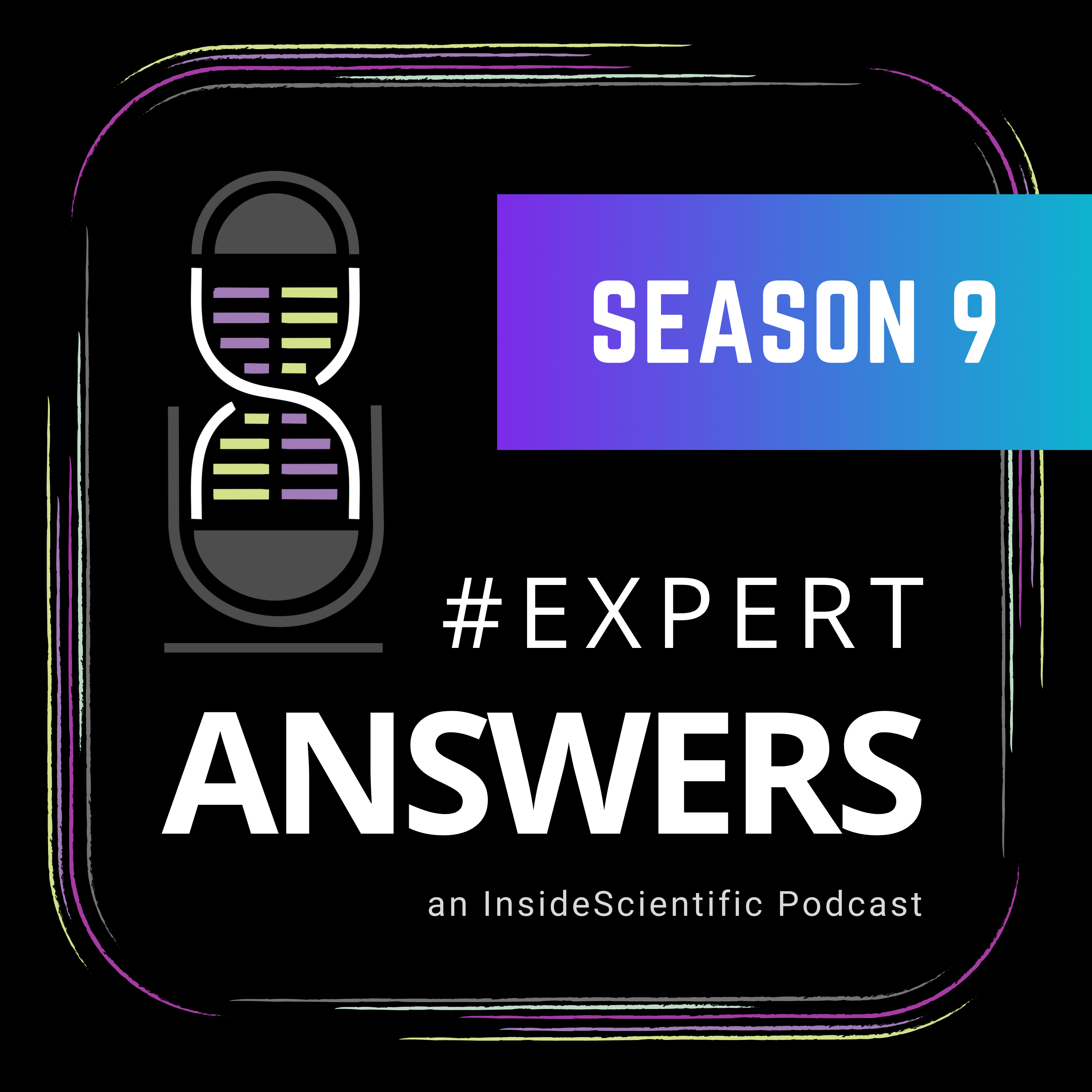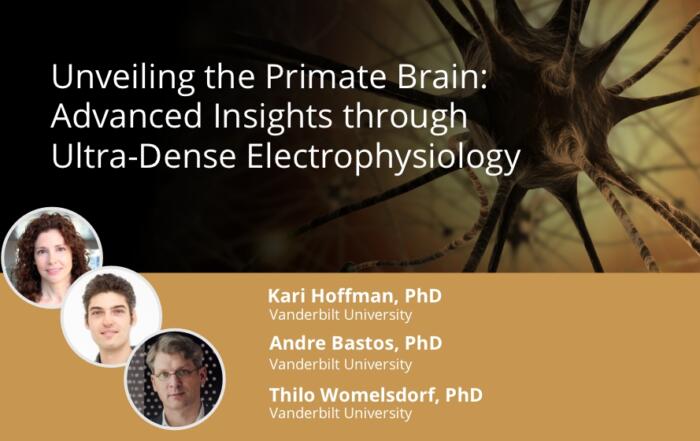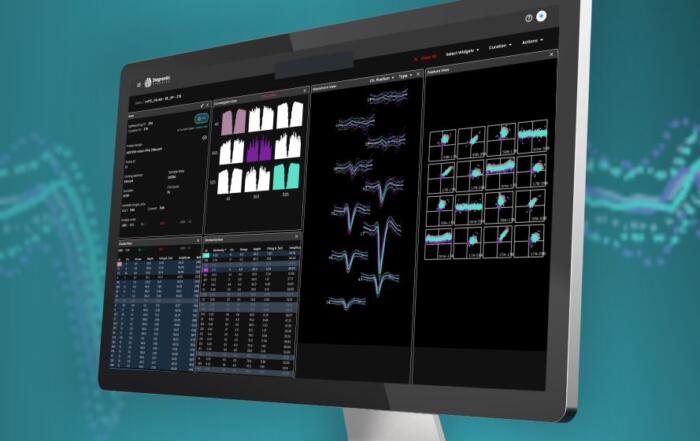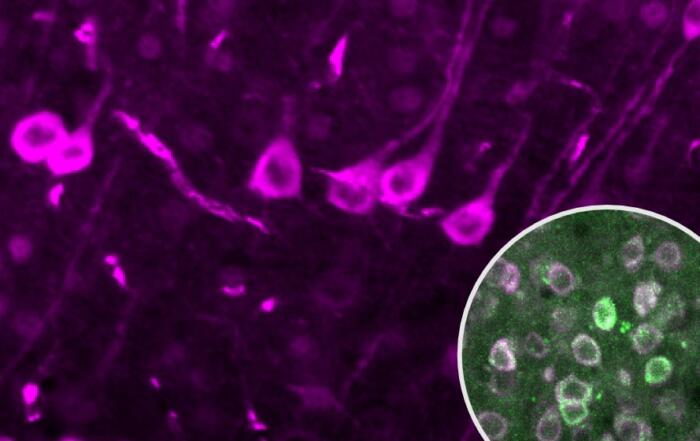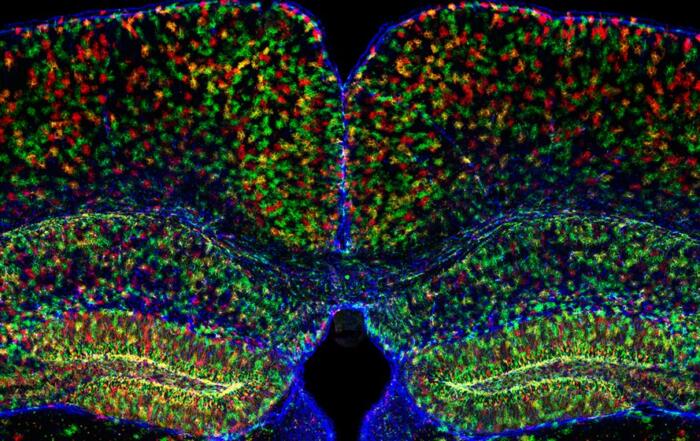In this webinar, Dr. Michael Long from the NYU Grossman School of Medicine and Dr. Kari Hoffman from Vanderbilt University present their work investigating the neural mechanisms of learning, memory, and behavior using high-density silicon probes from Diagnostic Biochips in small and large animals.
The ability to record network activity using emerging high-density electrophysiological arrays has revolutionized understanding of the link between brain function and behavior. In the first portion of the webinar, Dr. Long discusses how his laboratory has used custom-built (and now standard) probes to investigate the neural mechanisms of vocal production in two model systems: the zebra finch (a songbird) and a newly characterized Costa Rican singing mouse. In ongoing work, they have begun to apply these approaches to the study of human speech. His team has collaborated with Diagnostic Biochips and the University of Iowa Department of Neurosurgery to develop a recording electrode for measuring population activity in the human brain. Through these combined efforts, they have advanced understanding of the neural mechanisms of vocal production that can inform therapeutic approaches intended to combat a range of communication disorders.
In the second portion of the webinar, Dr. Hoffman introduces work in her lab investigating the neural mechanisms of learning and memory in freely-behaving macaques. This includes recording neural signatures from animals in a rich environment to examine how experiences shape new learning. Using spatially resolved units, distinct waveforms, and interactions with local currents and fields, they hope to identify the role of functional cell types in network states and network plasticity. Dr. Hoffman also describes the features and current limitations of the probe, and presents preliminary wireless recording results from her lab. She concludes with a discussion of factors that may make it more or less suitable for other users, and best practices for generating high quality data.
Key Topics Include:
- Understand the key features of Diagnostic Biochips deep probes
- How a range of model systems – including the songbird and the singing mouse – can be used to study the neural mechanisms of vocal communication
- Speech planning is mediated by a specific cortical locus in the human brain
- High-density recordings can enable testing models of network function related to the contribution of different brain regions to vocal production
- See examples of implementation for 256-ch wireless recordings in macaques
- Identify important factors to consider in selecting, implanting, and using the probes
Click to watch the webinar recording. To view the presentation full screen simply click the square icon located in the bottom-right corner of the video viewer.
Resources
To retrieve a PDF copy of the presentation, click on the link below the slide player. From this page, click on the “Download” link to retrieve the file.
Presenters
Professor
Neuroscience Institute
NYU Grossman School of Medicine
Associate Professor of Psychological Sciences
Vanderbilt University
